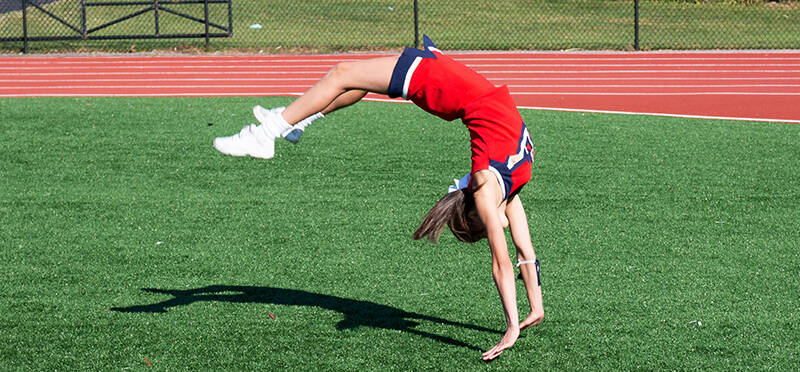Athletico Fantasy Football Injury Report 2022: Week 12
Posted on November 24, 2022 by Brandon Bowers, PT, DPT, Astym Cert.
Thanksgiving is a great time to show gratitude in the company of family and friends. It’s also a great time to cheer on your favorite football team! This week, be sure to adjust your Fantasy Football lineup before you sit down to gobble up turkey and tune into this week’s games.
Entering Week 12 of the professional football season, teams have their eyes on a spot in the playoffs. For tips on who to sit and who to start, Brandon Bowers, PT, DPT, ASTYM Cert., is providing insight into player injuries that are impacting teams around the league. The Athletico Fantasy Football Injury Report is a helpful resource put together on a weekly basis to assist fantasy players in starting their best lineups.
(more…)








